




In today’s competitive whitening market, bold whitening effectiveness claims often lead consumers to use higher peroxide levels or more frequent treatments—unfortunately increasing the risk of over-bleaching effects, such as enamel demineralization, heightened tooth sensitivity, and uneven shade changes. Below, we explore six key considerations to balance powerful whitening with patient safety for B2B partners.
Firstly, users demand rapid results:
However, exceeding clinically proven concentrations or durations can push enamel beyond its safe bleaching threshold.
Moreover, aggressive bleaching regimens trigger a cascade of adverse effects:
Understanding these mechanisms is essential to formulate safer whitening solutions.Company web: https://www.powsmart.com/product/electric-toothbrush/
To minimize over-bleaching effects, adopt a graded approach:
Such calibrated protocols preserve whitening efficacy while safeguarding tooth structure.
Additionally, whitening devices themselves can enforce safe usage:
These hardware safeguards help translate protocols into consistent, safe practice.
Furthermore, robust testing underpins both safety and performance:
A rigorous QA framework builds B2B confidence and aligns product claims with real-world results.
Finally, to deliver both safety and sparkle, B2B partners should:
By combining evidence-based formulations, intelligent device controls, and proactive user engagement, manufacturers can maximize whitening effectiveness while minimizing over-bleaching effects.
Conclusion
Chasing dramatic whitening results must never come at the expense of enamel health. Through calibrated peroxide protocols, device safeguards, thorough testing, and user education, B2B partners can deliver powerful yet safe whitening solutions—protecting patients from the pitfalls of over-bleaching. For customized formulations or device design support, please contact our technical team.
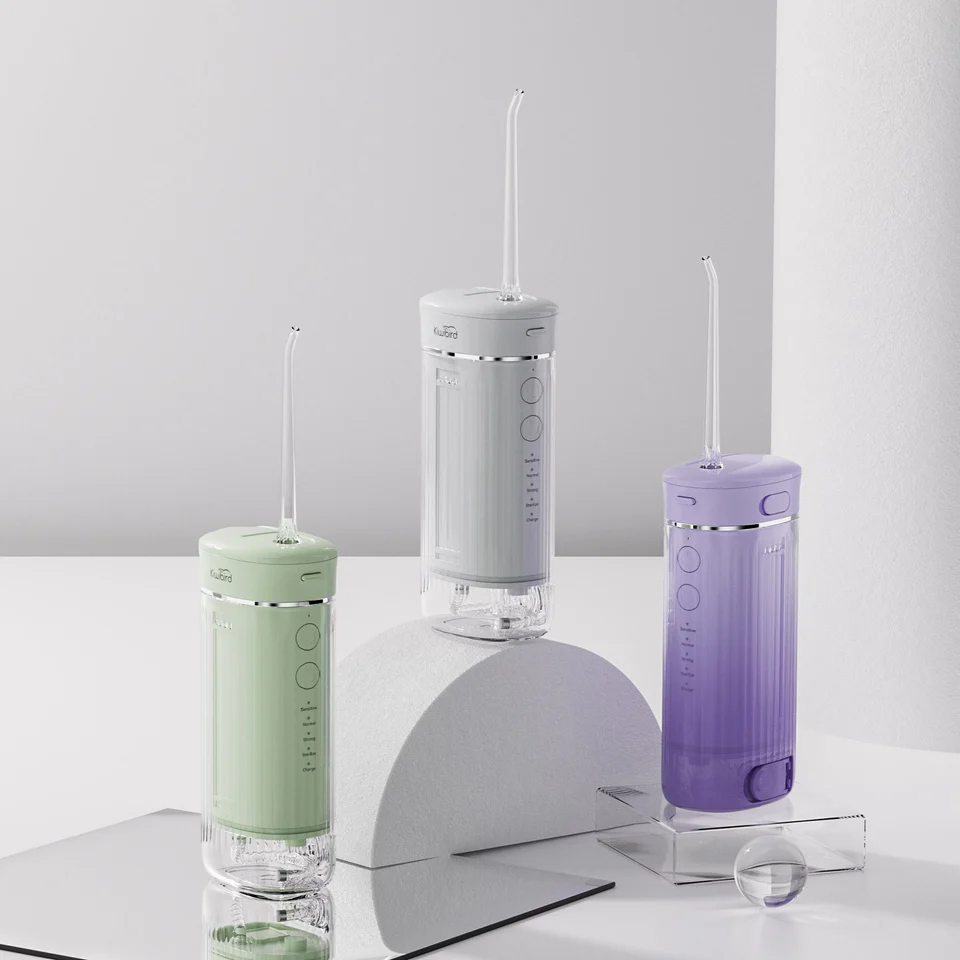
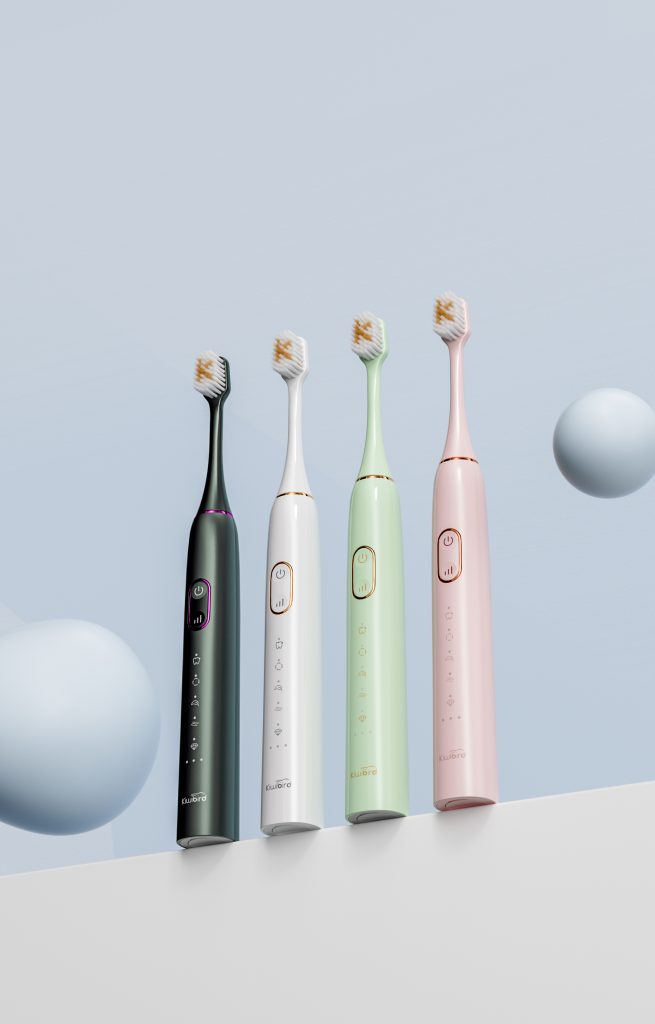
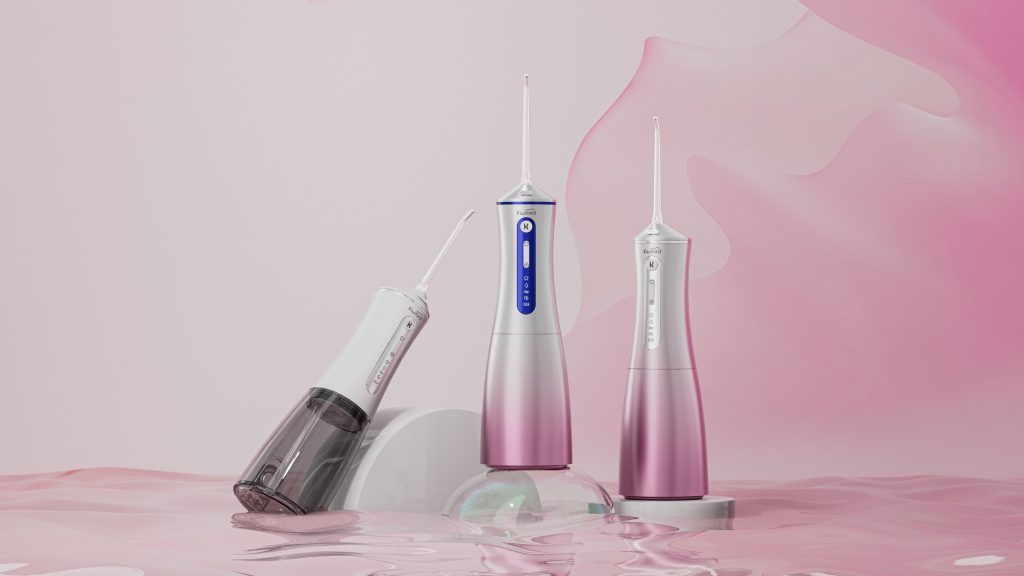
.jpg)
Executive Diwali gift or Status symbol toothbrush — what truly impresses?
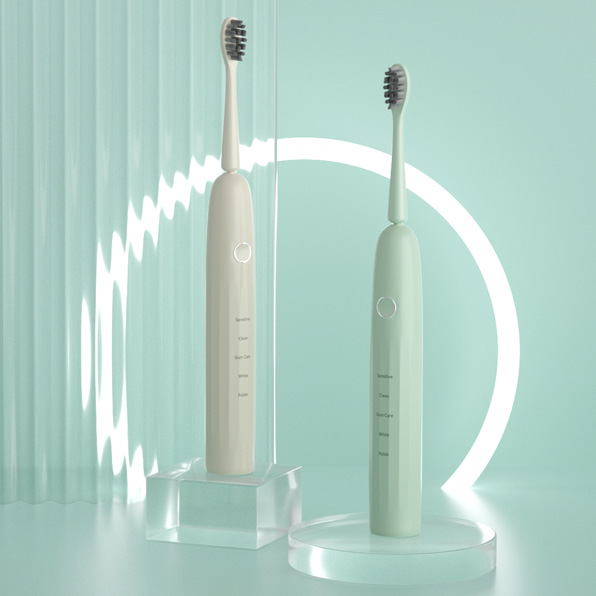
Is a One-button toothbrush truly a Pune simple toothbrush for seniors?
.jpg)
Is a Holi toothbrush pack the right festive answer for Family care toothbrush needs?
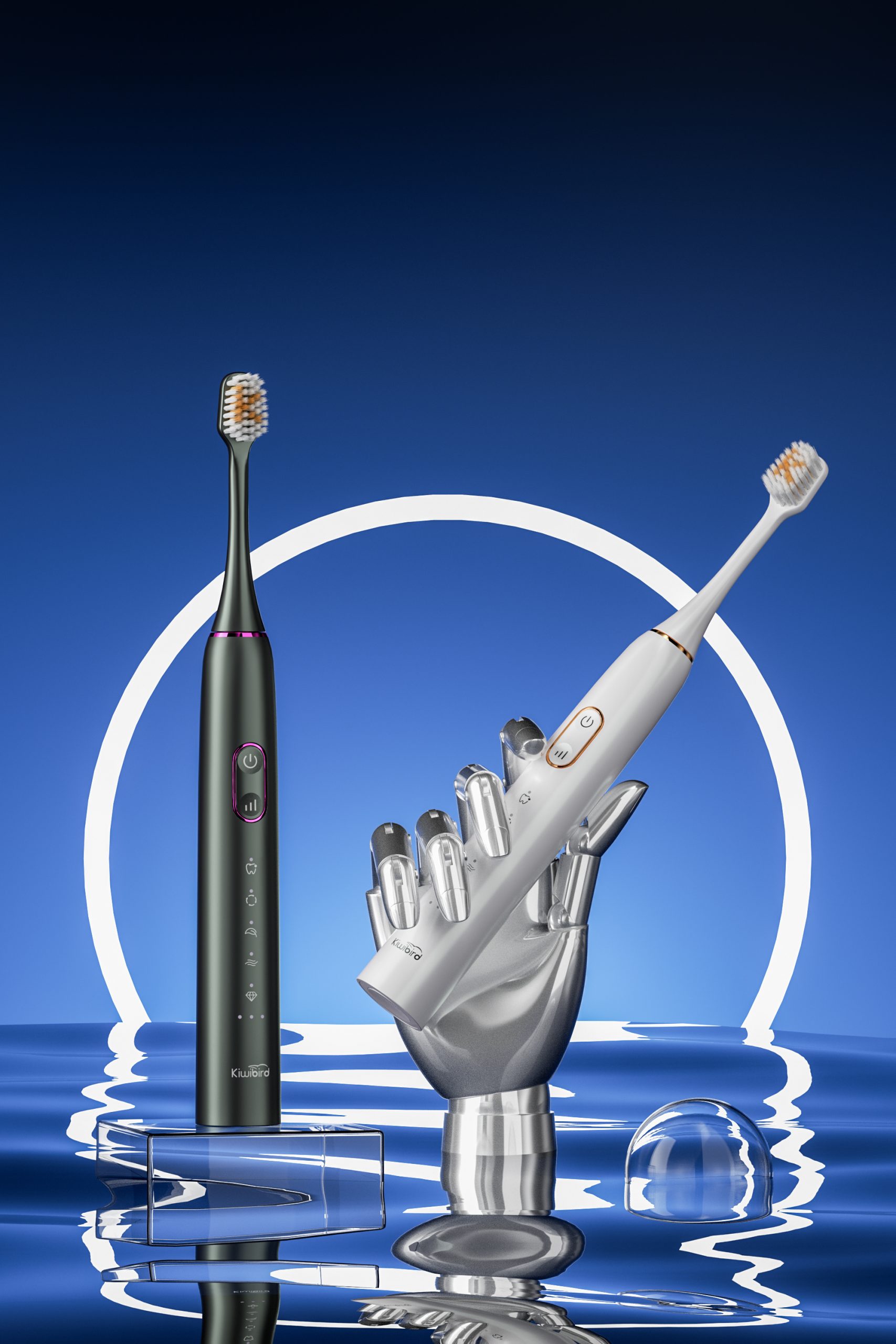
Why a College essential toothbrush tops Student oral care lists
.jpg)
Does a Clinic strength brush qualify as an India medical toothbrush standard?
.jpg)
Where to read a Bangalore gadget review for an App-connected toothbrush?
-1-scaled.png)
How Red Light Therapy Boosts Gum Health in Advanced Oral Care Products

Customizing Specialty Electric Oral Care Electronics for OEM
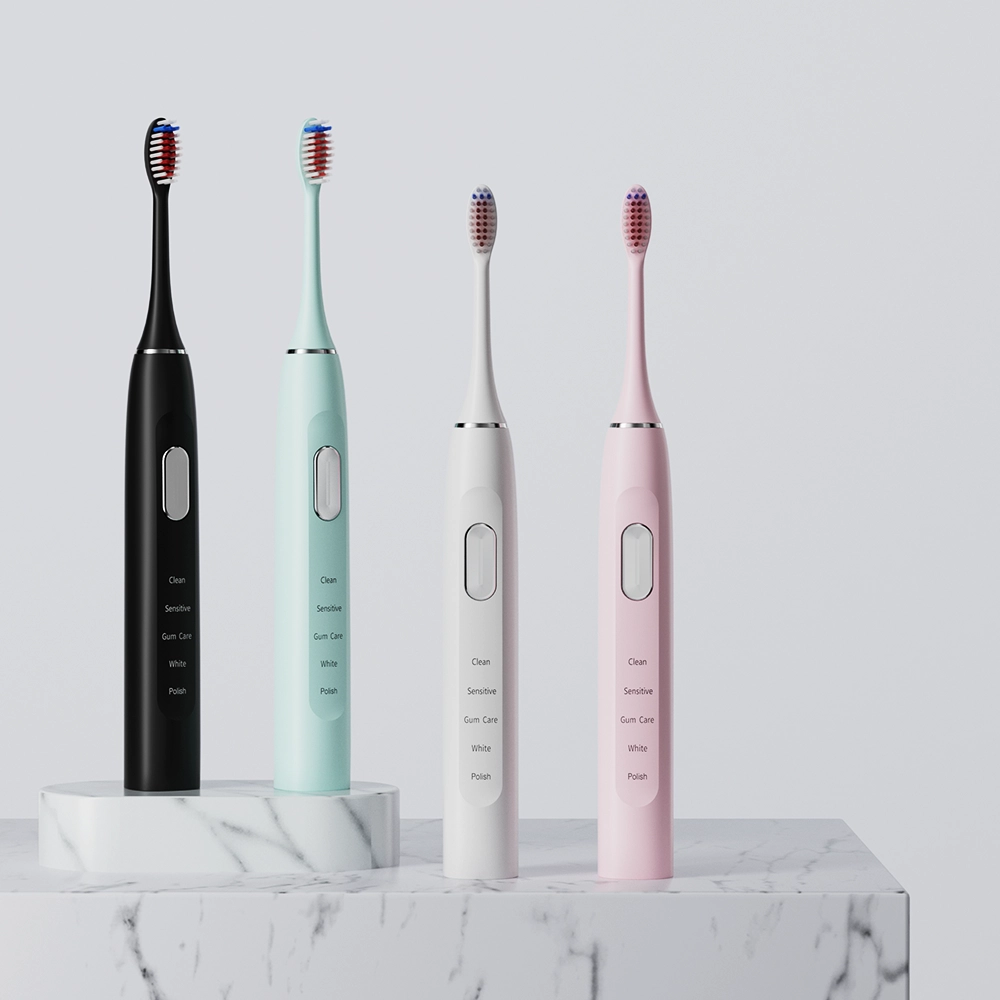
Ultrasonic Electric Toothbrush Custom Logo
.jpg)
Customizable Water Flosser Big Tank UVC Sterilization
Specification Model Name: PTR-X6 Material: PC, ABS Battery type: 2000 mAh lithium battery Rated voltage: DC 3.7V Fully Charged: ≤6H Product Size:76.5x71.5x290mm Waterproof: IPX7 Frequency: 1
electric toothbrush heads Deep Clean
Regular Soft Bristles 6mil (0.152mm)Dupont Tynex Brilliance Bristles Conveys sonic vibration effectively 80% End-rounded rate Clean while doesn’t damage enamel Color Reminder Pedex Reminder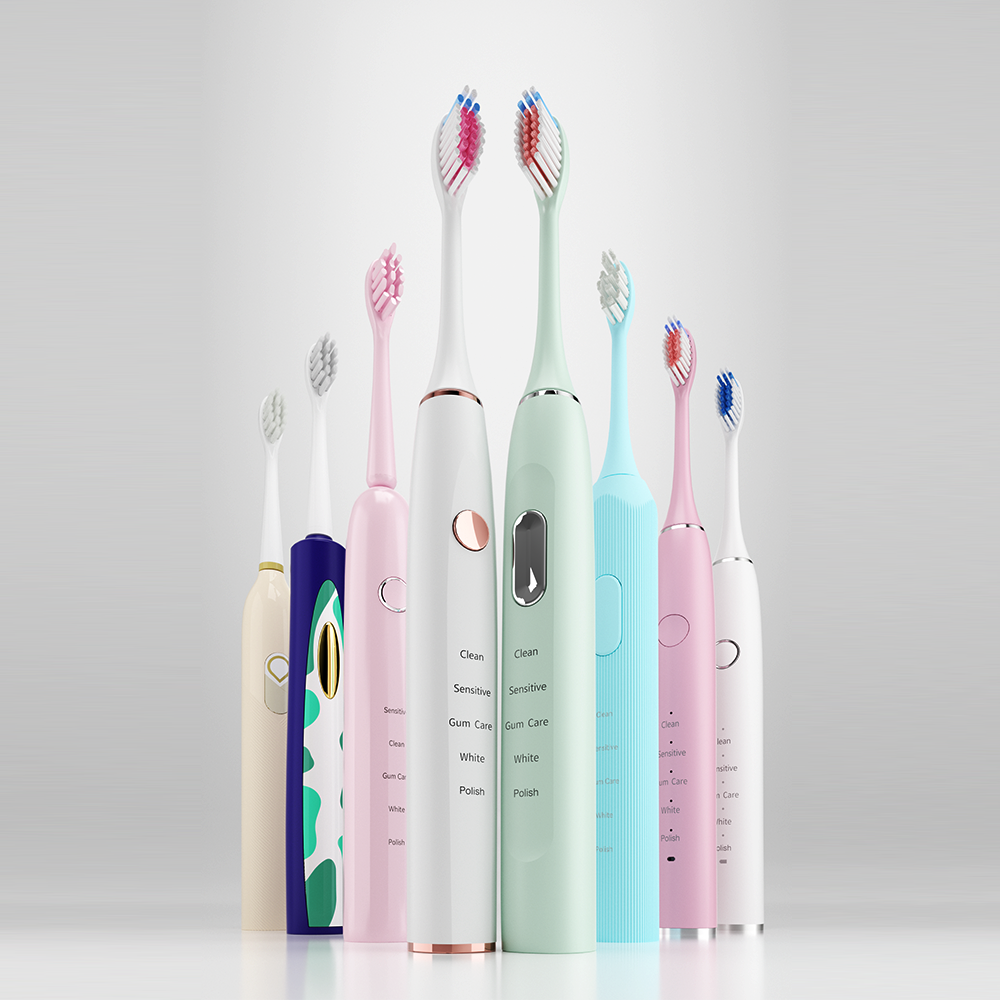
Wave Vibrating Sonic Toothbrush Available for OEM ODM
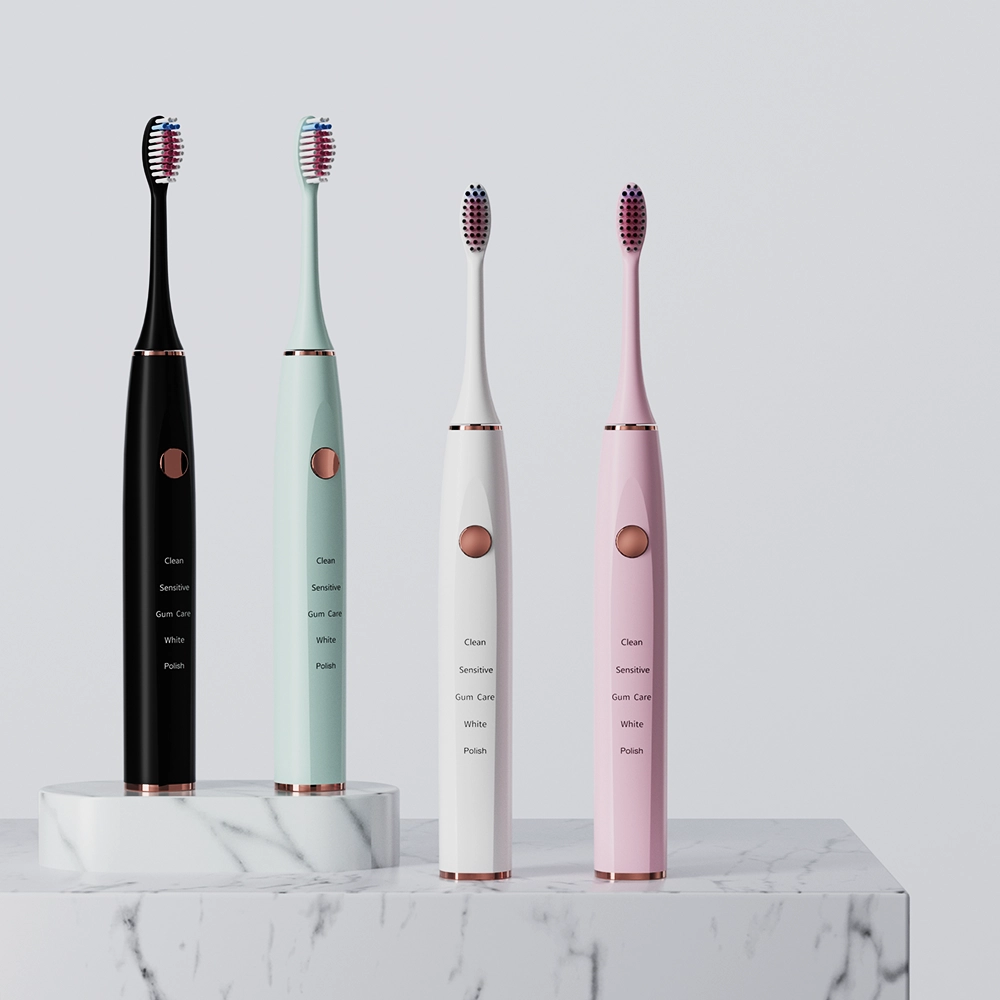
Private Label IPX7 Electric Toothbrush OEM
.jpg)
Electric Toothbrush Customized Logo Rechargeable USB-C
-2-scaled.png)
Private Label Teeth Whitening Accelerating Light
.jpg)
Sonic Toothbrush Smart Timer Private Label

electric toothbrush heads Regular Clean
Regular Clean Brush Head 6mil (0.152mm)Dupont Tynex Classic Bristles. Conveys sonic vibration effectively 80% End-rounded rate, Clean while doesn’t damage enamel Color Reminder: Pedex Reminder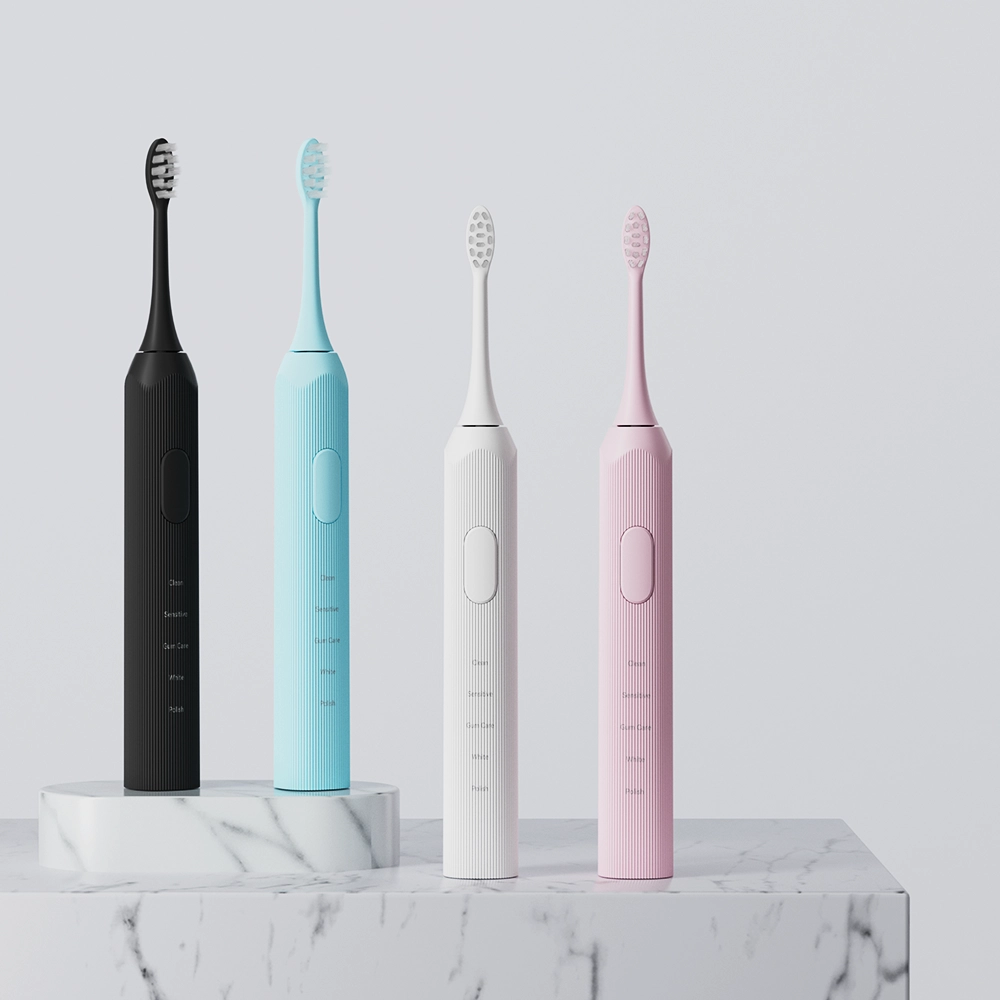
Powered Sonic Electric Toothbrush Anti-slip
.jpg)
Private Label Water Flosser With UVC Sterilization
Specification Model Name: PTR-X6 Material: PC, ABS Battery type: 2000 mAh lithium battery Rated voltage: DC 3.7V Fully Charged: ≤6H Product Size:76.5x71.5x290mm Waterproof: IPX7 Frequency: 1.jpg)
Custom Private Label Electric Toothbrush
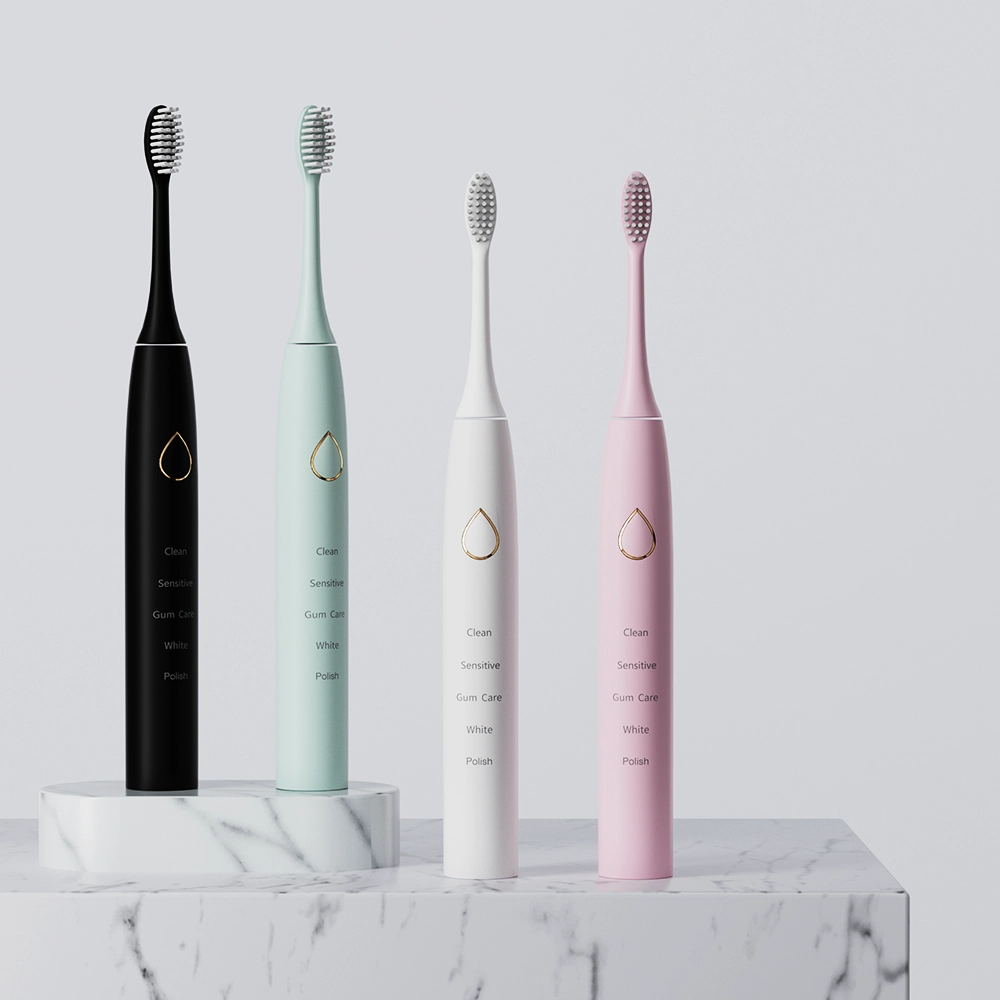
Custom Logo Private Label Sonic Toothbrush
.jpg)
Electric Toothbrush OEM Custom Logo
.jpg)
Florida Electric Toothbrush – Powsmart PTR-C8
.jpg)
Travel Size UVC Oral Irrigator OEM Available
Specification Model Name: PTR-X3 Material: PC, ABS Battery type: 1100 mAh lithium battery Rated voltage: DC 3.7V Fully Charged: ≤6H Product Size:221x64x45mm Waterproof: IPX8 Frequency: 18001-scaled.jpg)
Red & Blue Light Teeth Whitening Device Custom LOGO
.jpg)
Sonic Electric Toothbrush Customizable High Quality
.jpg)
Children Powered Toothbrush Customizable
-3-scaled.png)
Household Teeth Whitening Device Custom LOGO
Customer satisfaction
We prioritize customers' satisfaction by providing exceptional service and support.
sincerity
We are committed to upholding the highest ethical standards in all aspects of our business.

.jpg)
A sonic toothbrush is an advanced type of electric toothbrush that uses high-frequency vibrations to clean teeth.
.jpg)
A smart toothbrush is an electric toothbrush that connects to a smartphone app via Bluetooth.
.jpg)
Electric toothbrushes remove plaque more effectively than manual brushes, promoting better oral health.
Your professional source for private label electric toothbrushes
Your Vision, Engineered by Our Professional R&D. From concept to cutting-edge electric toothbrush.
Perfect Your Electric Toothbrush with Our Precision Sample Development. Let's align vision and reality, sample by sample.
Streamline your supply chain with our high-volume electric toothbrush manufacturing.
Wholesale electric toothbrushes of all types—for every market, every customer.
Our fast worldwide delivery gets your electric toothbrushes to shelves faster.
Our electric toothbrushes are manufactured under advanced ISO9001 & medical-grade ISO13485 standards.
Your most cost-effective electric toothbrush source—quality assured.
If a product is hot, there is a good chance Relish already has it in stock, just waiting for your label.
Get a Sample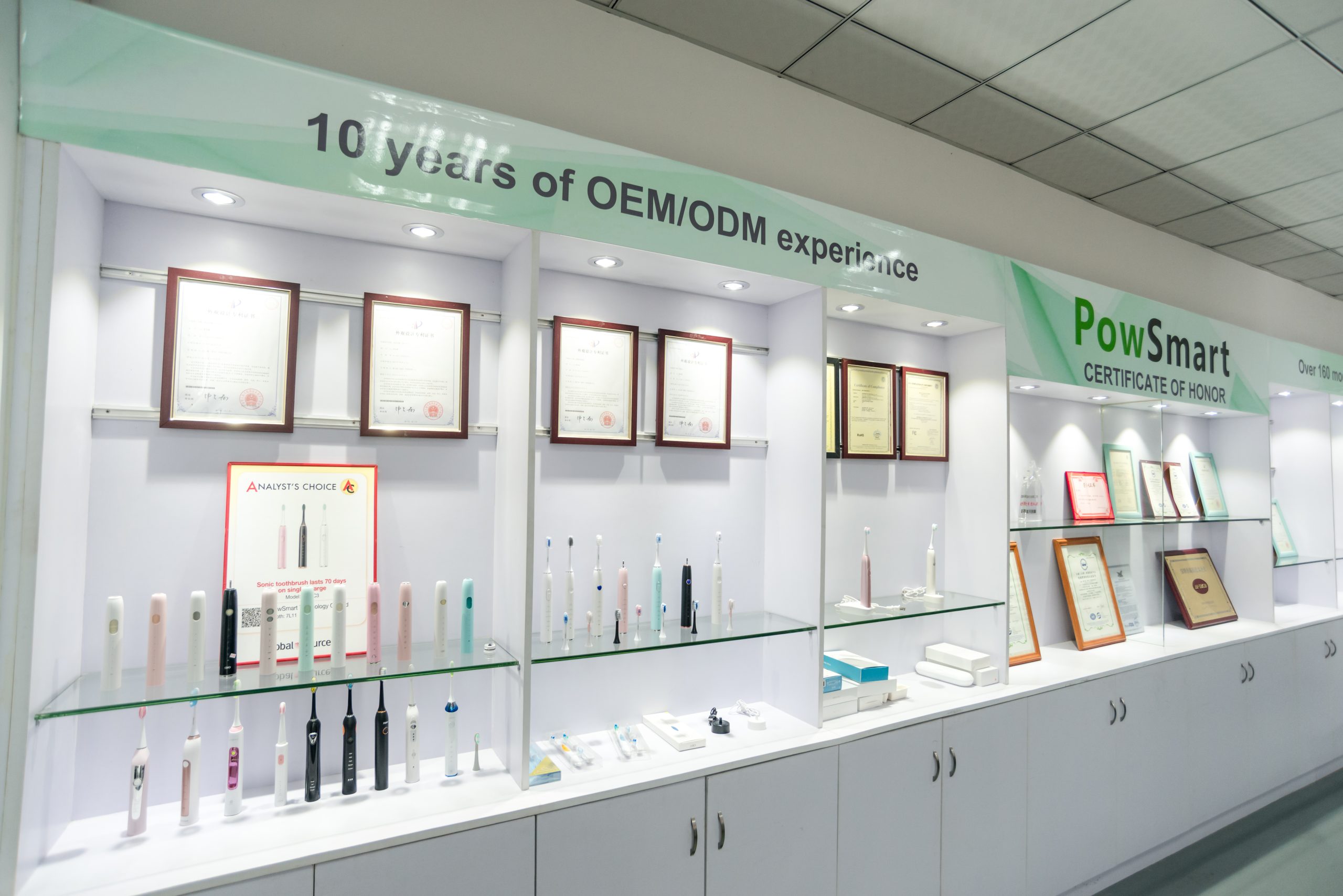
We arexporting our products globally from which the most well-known partners are Walmart, BestBuy, Honeywell, Target, Haier and Xiaomi.
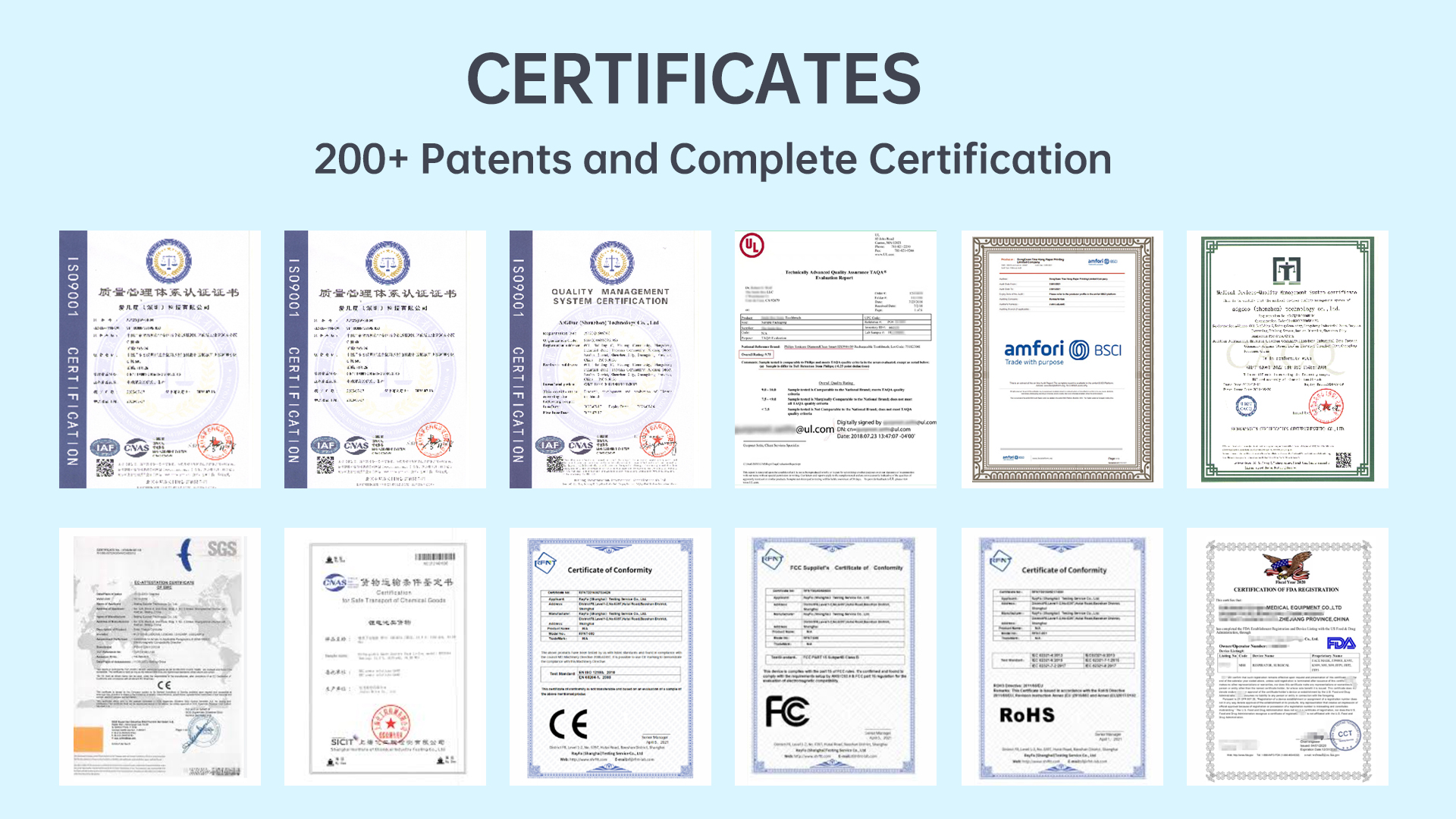
Relish is ISO9001, ISO13485, BSCI certified, and FDA registered, with lots of certifications such as CE, CB, ROHS, CETL, FCC, PSE, SGS, ERP, LFGB, and Reach etc.